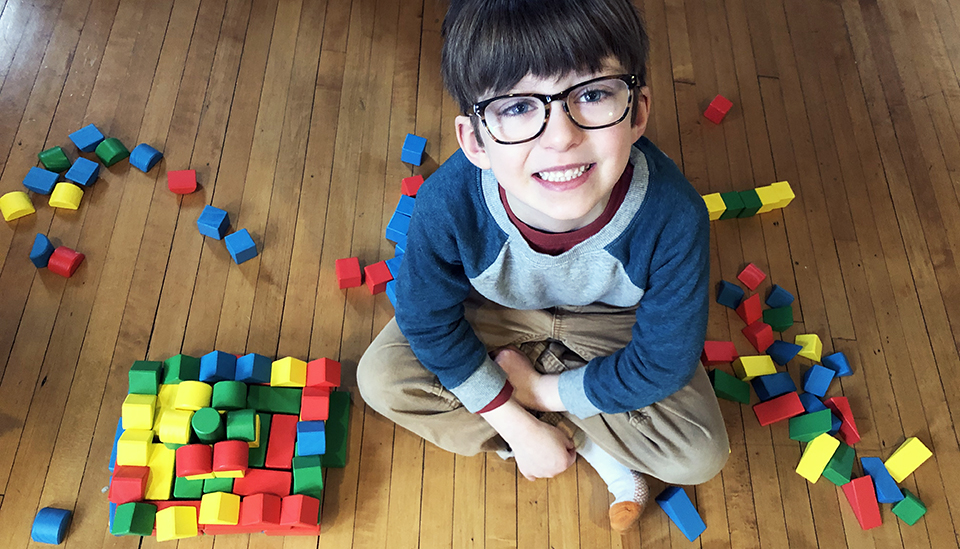
Lecturer in Elementary teacher education in the Department of Curriculum and Instruction, Cynthia Zwicky, PhD, offers helpful guidelines for parents to successfully educate their kids at home.
Predictable schedules help a classroom or household run smoothly
One thing that teachers know is necessary to keep their classroom functioning is the importance of a regular schedule and routine. Most of the challenges I experience as a parent, and I imagine you do as well, is with the child(ren) getting into mischief or asking, “What are we going to do?” Both of these stem from the same problem: an absence of a routine.
Children are very adaptable and children can also quickly become accustomed to a routine and to a certain predictability. Because of school, they are acclimated to the Monday through Friday routine and predictability of the school day. Now that schools are closed, there is a decided disruption to this routine. As a parent you may start with building a regular schedule that has predictability.
How to structure a schedule for learning
Each age group will need a different type of structure versus free time. For the youngest, more structure is important. For kindergarten through grade three, begin by creating a schedule that can be followed each day starting with breakfast and followed by a routine of activities. This could be anything, but the value is in its predictability; the child(ren) should know what’s coming next. The schedule can be structured or unstructured as best suits your individual child’s learning style. The activities could be written in with times assigned to them or could simply be a checklist to complete before a set time. Some children will love to know what time things will begin and end, while others will appreciate having a little agency in terms of when they complete the tasks.
Sample schedule:
- BreakfastClear table/ put dishes in sink (wash dishes)
- morning meeting
- craft project
- free choice
- Worksheets
- Writing practice
- lunch
- quiet time
- Backyard/outdoor time
- Puzzles or games
- Read aloud or reading time
- TV or screen time
*Be sure to build in alone time and solitude as well
Adapting the routine to your household
Older children can support the younger ones by being a teacher, i.e; doing a read aloud for the siblings or writing the activities for the day. Again, make this predictable. For instance, the caregiver(s) may write the list the first four days of the week and the children create Friday’s schedule.
Just as many of us who are asked to work from home are having to adjust to a new routine, so too are the children. Be patient with your household as you get used to a new normal. It takes time to learn how to be together for an extended length of time.
Find out more about our elementary education programs in the Department of Curriculum and Instruction.



